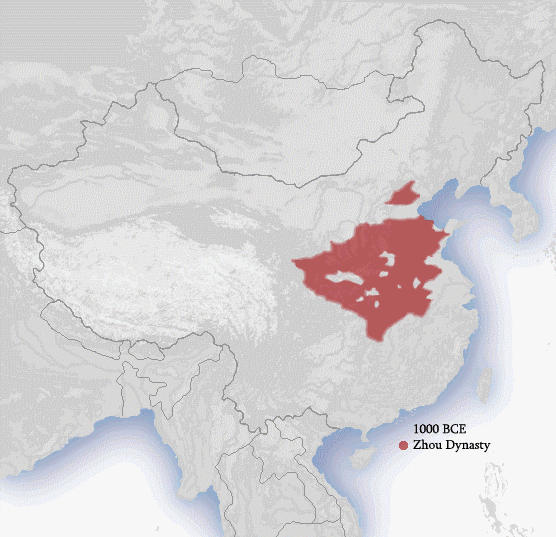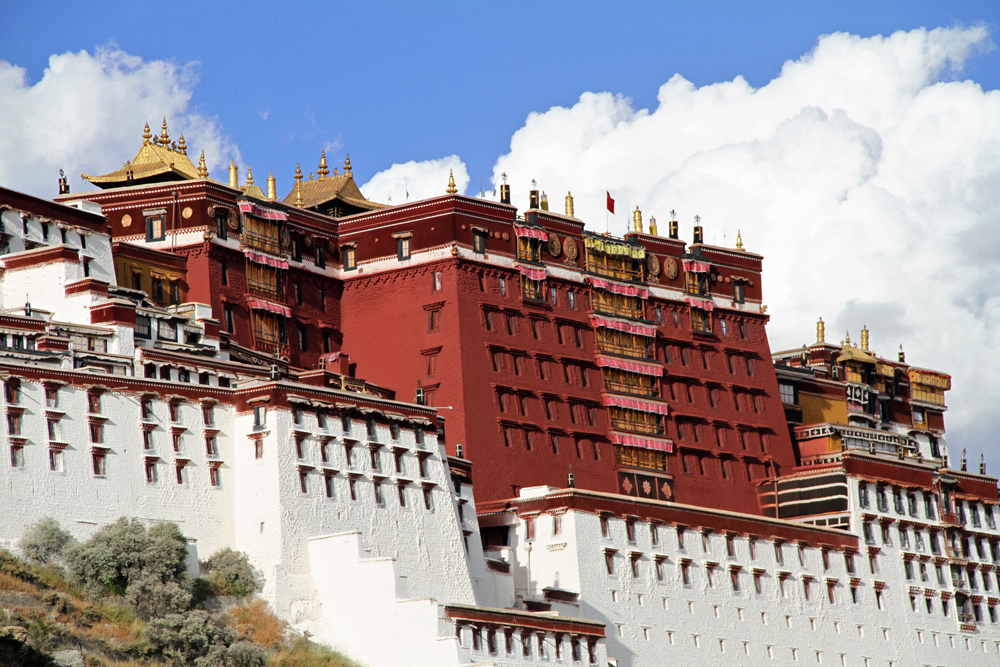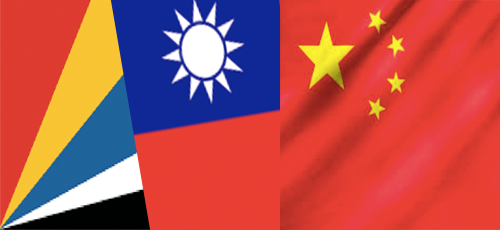Part 2: Great Leap Forward
Chapter 1 – Republic of China
With the beginning of the 20th century, the 2ndmillennium after Christ was coming to an end and so was the dynastic rule in China. The Qing dynasty (1644-1912), the longest foreign rule (the Manchus of Manchuria) and the last one to rule China was losing one battle after another and had suffered massive defeats and destitution as the 19th century ended.
During the 19th century Qing Dynasty was attacked, invaded and even occupied, twice, by western powers in the 1stand 2nd Opium wars of 1839-1842 and 1856-1860. After The 2ndOpium War Qing Dynasty’s China went on a modernization spree only to be defeated again by Japan in the 1st Shino-Japanese War of 1895. This blow shattered the moral and confidence of the Chinese people and the lost faith in the emperor and empire.
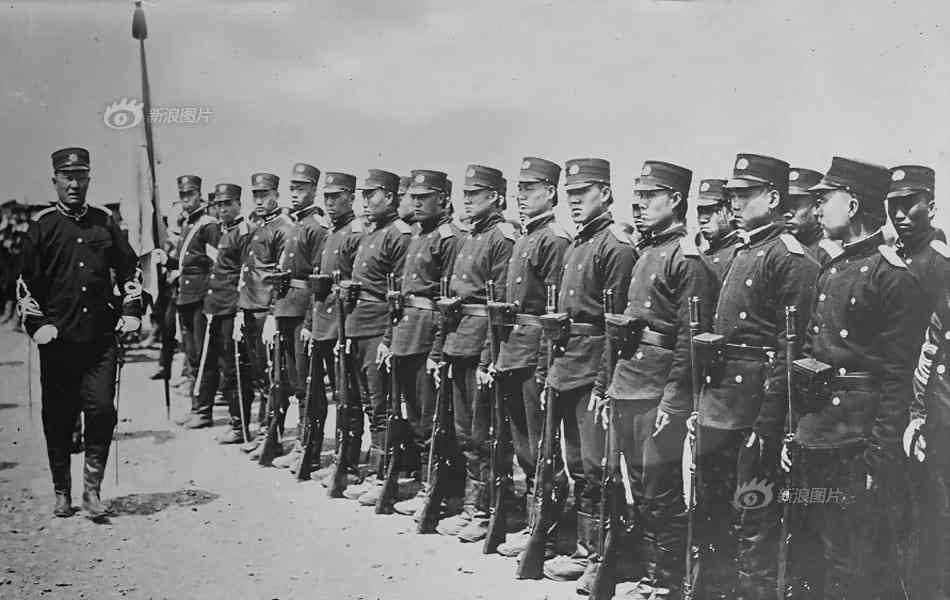
All great things come to an end, one way or another.
Marco Polo once told the people of Italy (in the 13thcentury), that China under the Mongol reign had much more efficient & centralized system of governance than most of the European nations at that time. He described to them about a black stone (coal) that Chinese people mined & burned, which was a cut above to wood, as fuel. He admired the extensive use of paper money in China and do remember, Marco Polo hailed from the banking & trading hub, Venice, one of the most vibrant cities of Europe.
The reason I invoked Marco Polo here, is to help you understand what was coming to an end at the dawn of the last century.
12th April 1912, with the abdication of the six year old emperor, Pu Yi, the dynastic rule in China ceased to exist, and the leader of the Republican Party, Sun Yat-sen came to the helm as the interim President of the Republic of China.
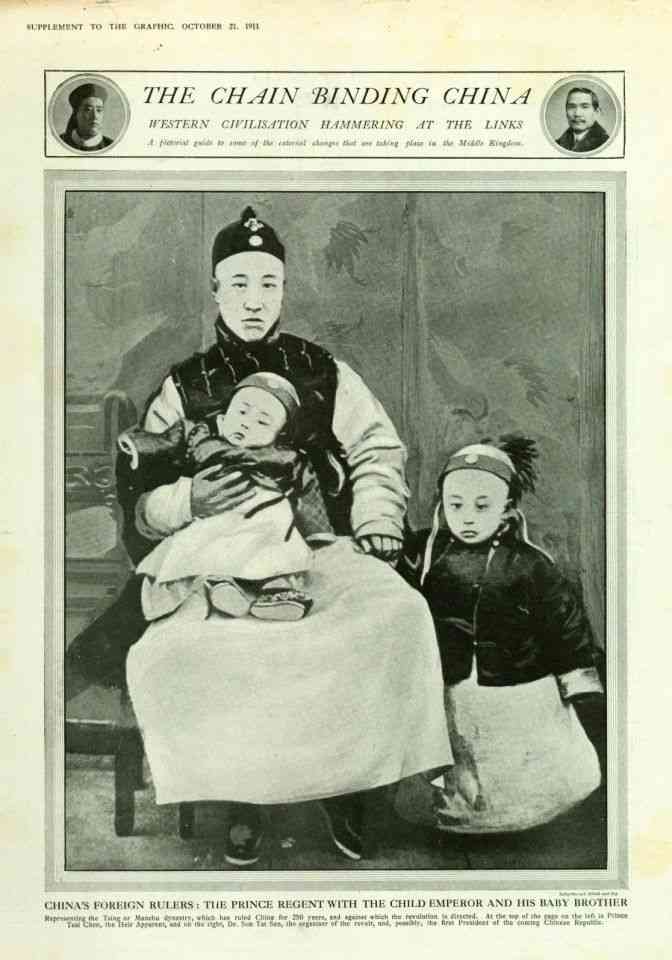
Sun Yat-sen, considered to be one of the greatest leaders of post-imperial China, was born on 12th Nov 1866 in a village called Cuiheng(now city of Zhongshan, Guangdong) in Imperial China, which was still recovering from the aftermath of 2nd Opium War. He had local schooling in the initial years and then was sent to Honolulu for further studies. From there he moved to Hong Kong after a brief stay at home, home that was changing, the anguish against the emperor was growing, people were whispering and no one felt safe. He studied & later practiced medicine in Honk Kong, got baptized in 1884 and was leading a well to do modern life.
Back home, the fire was igniting, people were talking about one or another attempted mutiny or uprising in some distant village they never heard off before (well this is how revolutions begin), the whispers had turned into voices and they were growing.
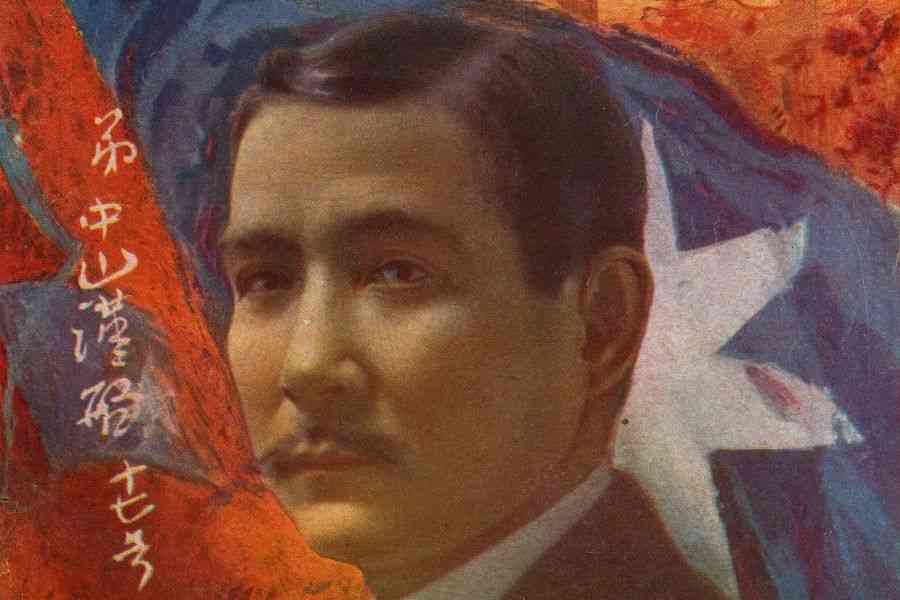
Around this time Sun Yat-sen, in Honk Kong, comes in contact with a group of revolutionary thinkers who were nicknamed ‘The Four Bandits’, the year was 1989. By 1894 many revolutionary groups were planning and working to overthrow the Qing Dynasty, however none succeeded. Same year, Sun wrote an 8000 words petition for the Qing Viceroy in Tianzin, Li Hongzhang on how to modernize China and save it from an evident civil war, he wasn’t granted audience. This experience infuriated Sun and he turned inexorably towards the path of revolution. He travelled extensively to spread awareness, and gather financial support for the revolution. He spent the next decade in reconciling various groups under the common republican umbrella. All this while countless revolts, mutinies and uprisings (The Xinhai Revolution) has paved the way for the final assault that came with the Wuchang uprising on Oct 10th 1911, this blaze turned into an Inferno that consumed the 2000 years old Imperialism in China and took down the last dynasty of China on 12th April 1912.
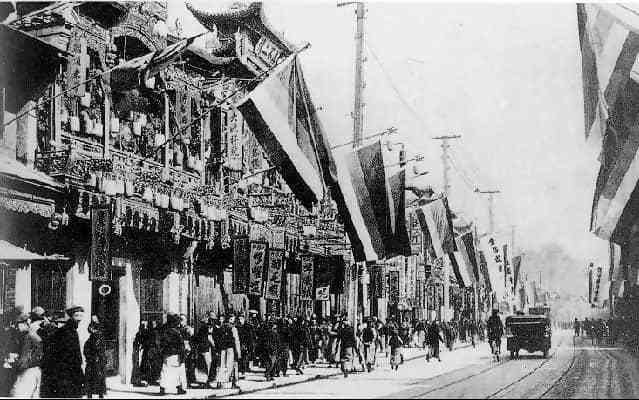
The National Party of China/ Tongmenghui/ KMT of Sun Yat-sen had an colossal amount of support of the Chinese people, delegates of 16 Provincial Assemblies elected Sun as the ‘Provisional President’ of the newly born Republic. On New Year ’s Day in 1912 the Nationalist government was formed with Nanking as its capital. Soon after that Sun Yat-sen transferred all powers to Yuan Shikai, the new President, who also happened to the top General in Qin’s army, after decades of service he was forced to retire early, something that did not go well with Yuan Shikai, he held the grudge forever and was instrumental in the revolutionaries attack and subsequent defeat of imperial capital Beijing.
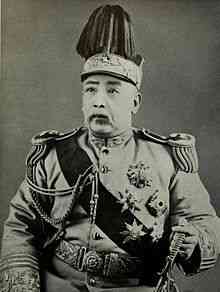
Newly born republic was under constant attack by various warlords who were not willing to give up control of their land and people. Not a good situation to be in, for any young nation. Though a wide number of reforms and various modernization projects were launched, including financial, bureaucratic, educational, and judicial and few other, yet the people’s expectations were more.
Yuan Shikai’s reign was short lived, he died on 22ndMarch 1916. His death brought Sun Yat-sen back at the center stage, though he wasn’t holding any office, he had full control over the provisional and subsequent nationalist governments till his death in 1925.
Chapter 2 – Republic of China (Taiwan)
Soon after the people of China got independence from the Qing dynasty, they were facing another threat, dangerous ideology was seeping through across the borders of erstwhile Soviet Union. Marxism was finding its way among the Chinese people and some saw it as the right tool to undo the wrongs done for thousands of years. The idea started finding place in local homes, youth were getting organized under the then free thinking leaders. This was the time when the newly formed government was battling the warlords with no end in sight.
By 1919 communist, Marxist or as some refer to anarchist ideologies had gained significant traction among the intellectuals of that age. The founding National Congress was organized from 23rd July to 31stJuly 1921. Communist Party of China (CCP) was born and was about to write a history of its own.
Chiang Kai-shek came to power after Sun’s death in 1925 and quickly took control and launched a massive offensive against the warlords, also known as Northern Expedition and finally defeated them all and brought whole of Mainland & South (Taiwan) under the same rule. It was the success of this campaign that turned him on to the communists whom he despised. He would hunt the communists for the next 2 years and remember all this while the CCP has been supporting the KMT government, till the KMT leadership or shall I say, Chiang Kai-shek, expelled all communists from the KMT. In his campaign against the CCP, Chiang Kai-shek had massacred nearly 25000 communists by 1927.
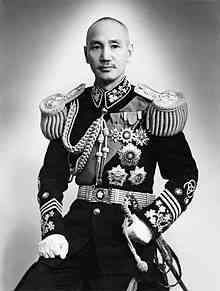
On Aug 1st 1927, CCP formed ‘The Red Army’ and Mao Zedong was appointed its Commander in Chief. It came on Mao’s shoulders to take the fight to KMT now. A series of new battles and civil war engulfed the Republic of China, a civil war ROC & CCP Red Army, that will go on for next two decades.
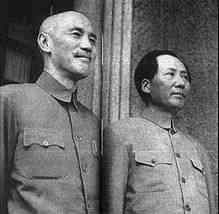
Turbulence didn’t seem to end for this new nation, while the two political ideologies battled for control, they kept on destroying what they wanted to protect, Imperial Japan declared war no China and attacked her in the July of 1937, it didn’t care about KMT or CCP controlled China, both were the same to the Japanese forces, to be eradicated.
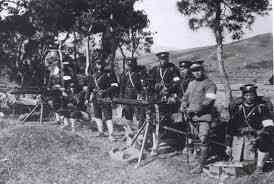
A tri-party war went on till the end of WW2, Japan suffered significant losses at the hands of American troops and had to pull its advances in most of the pacific along with China expedition. The CCP Red Army gained most of it, they took control of the areas from where Japs were pulling out, by the end of the war CCP had control over most of the Mainland China and kept on pushing the Republican government down south.
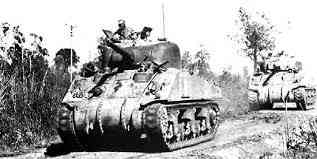
BY 1948, Chiang’s nationalist were lost many key battles, KMT not only lost control over territory but also lost the popular support it once enjoyed, all thanks to hyperinflation and other economic ills along with widespread corruption. Within a year, in 1949, Chiang’s KMT government and army had to retreat to the island of Taiwan.
Chiang established Republic of China in Taiwan and got elected its first President in Taiwan, he won 5 elections of 6-year term. He died in 1975 at the age of 87 due to heart attack, he could never return to his home, till his death Chiang Kai-shek maintained his right over Mainland China.
Chapter 3 – People’s Republic of China
The Civil War that had engulfed China for nearly two decades, came to end with Chiang Kai-shek’s KMT retreating the government of Republic of China and its Army to Taiwan. Most of the eastern, northern and southern parts of Mainland China were in control of the CCP’s Red Army lead by Mao Zedong.
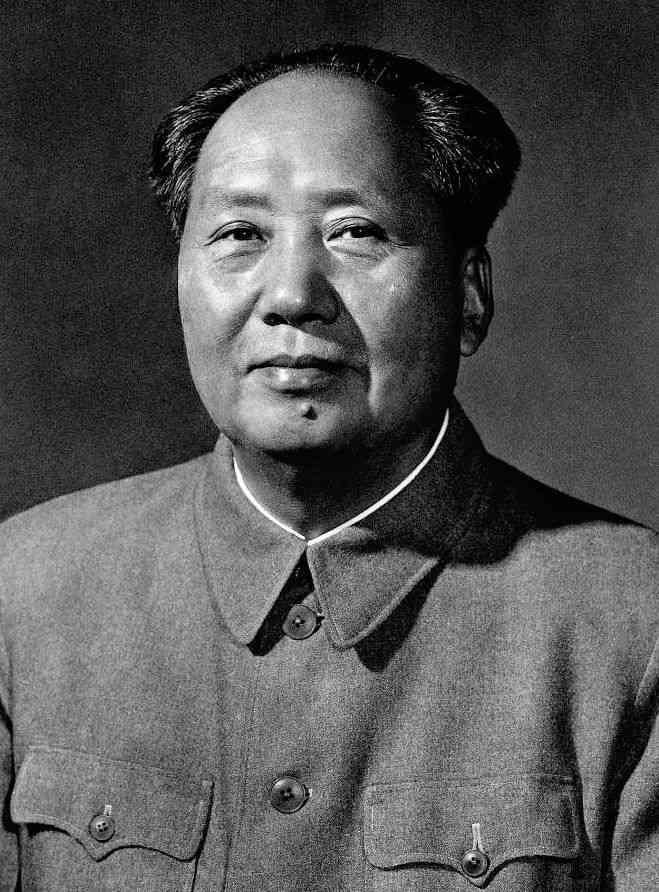
Mao Zedong, also known as ‘Chairman Mao’, was born in a prosperous peasant family on 26th December 1893, as a child he was highly influenced with the Xinhai Revolution, like of the youth back in the day in China was. He was among the founding members of Communist Party of China (CCP) and the first Commander-in-Chief of the Red Army.
On, 1st Oct 1949, General Mao announced the foundation of The People’s Republic of China (PRC) and became Chairman Mao, the man in command of the Single Party State, the Red China. Though CPC was not controlling most of the mainland, territory of Tibet and Mongolia was still out of reach. Rulers of Tibet paid homage to the Qing Dynasty, by that definition, both KMT and CPC maintained it to be part of China. Where KMT was managing it with a soft touch, CPC threw a hammer in the ring.
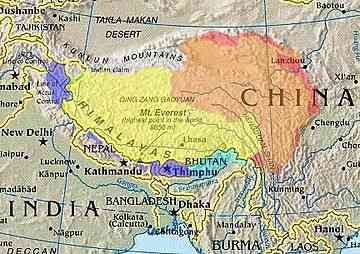
Dalai Lama led Tibetan government was trying to negotiate with PRC, India and Britain were brought as moderators and on 16th Sep 1950, all parties met in Delhi, however, they couldn’t reach consensus. While Lhasa was still deliberating, Chairman Mao gave marching orders to the Red Army, on 7th Oct 1950 PRC troops advanced into eastern Tibet crossing the border at five places. Within a year, PRC troops broke the will and the Government of Tibet signed a 17 point agreement with PRC. Tibetans get to keep their social culture and the local administration under the authority of PRC.
Chairman Mao or his Gang of Four had achieved lot more than any of them dreamed off when they joined the revolution and this fueled hunger, an unstoppable desire to have it all. And hence began a series of campaigns against the rich & landlords, suppression of counter revolutionaries, three-anti, five-anti, anti-rightist campaigns, this went on for years, by the end of 1957, Mao had persecuted more than half a million people.
In 1958, Mao came up with another plan, The Great Leap Forward, the idea was to rapidly transform the agrarian based economy into an industrial economy. To understand the Great Leap Forward in a nutshell, private plot farming was abolished, farmers were forced in to collective working in fields where all production distribution, resource allocation was centrally controlled by the CPC.
A nationwide campaign to kill Sparrows was started by Mao, which he believed were a major pest top the grain. Result was locust swarms, hitting the grain production. It resulted in the worst famines ever known to mankind, by some estimates 40-55 million death occurred due to starvation, forced labor, suicides and state sponsored executions (anyone who spoke against it), and finally CPC abandoned the project in 1962. Sense did prevail for a short period of time.
Year was 1966 and Chairman Mao had another plan at hand, this time it was the Cultural Revolution, this campaign was aimed at erasing traditional Chinese influences and capitalist thoughts. Philosophy of Maoism was introduced to the youth, with schools were shut the youth was asked to lead the change, this created the Red Guards who attacked any undesirable civilian. This campaign lasted for 10 years until Mao died of heart attack on 9th Sep 1976 and resulted in over 1.5 million deaths.
Soon after Mao’s death a power struggle broke out in CPC, ‘Deng Xiaoping’ a veteran leader of CPC outsmarted the Gang of Four (Mao’s most trusted four) & took control of the party and government. Gang of Four were later arrested and prosecuted for the purging during the Cultural Revolution.
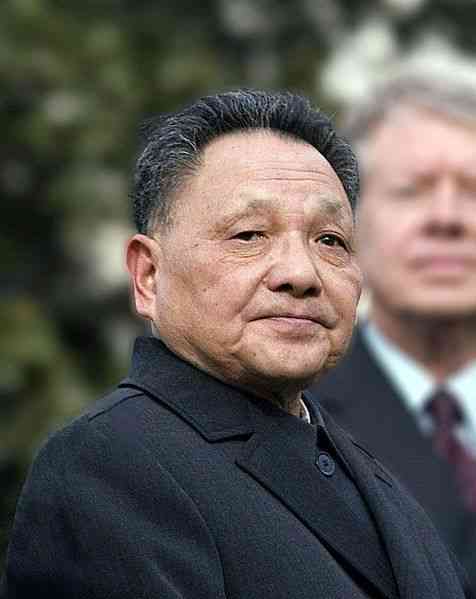
Deng Xiaoping, born on August 22 1904, inherited the chaos created by Mao’s lack of wisdom and foresight, his first action was to launch a program called ‘Boluan Fanzheng’, meaning ‘eliminating chaos & returning to normal’. In the years to come, he initiated multiple reforms, economic, educational, social, opening up of market, political reforms by setting up term limits for office bearers. He brought in Single Child Policy to tackle the overpopulation challenge. Market socialism was born under his leadership. These reforms earned him the reputation of “The Architect of Modern China”.
Deng Xiaoping did all this without holding a post or office, neither in government nor in the CPC.
Though Deng was opening up the party and country in a balanced way, the best he could, it was not enough for some. Students specially were not very happy with the government, they wanted more freedom of expression and their protests were growing louder by the day and the Tienanmen Square protests was born, started around 15th April 1989, the protests gained traction within weeks. Martial Law was declared on 20th May 1989, initially for a few days civilian population of the city blocked the advancing military. Later over 200,000 soldiers, tanks and helicopters were sent in the city to cull the protests. Nearly 300 students lost their life on June 4th 1989. Nobody knows who gave the order, it was a collective decision by the party leadership.
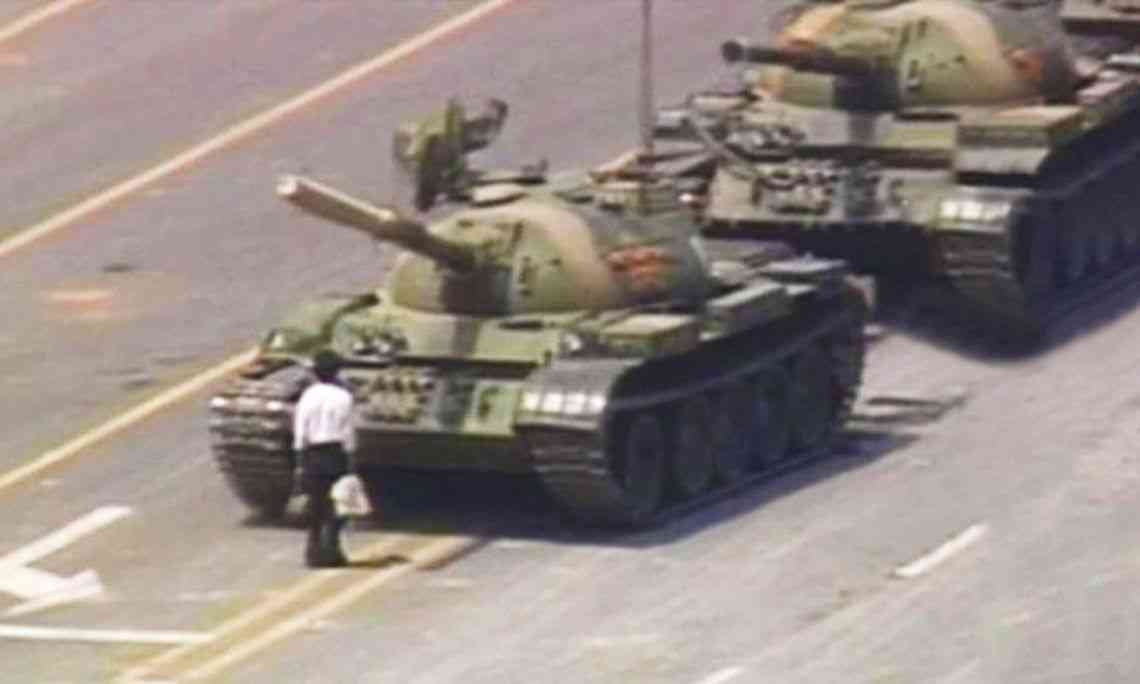
In the following years CPC deployed similar measures deployed during the Cultural Revolution to purge sympathisers of Tienanmen protesters.
Deng Xiaoping died on 19th February 1997, at the age of 92 in Beijing. By that time the reforms he brought in, had already placed China on the trajectory to become the force to be reckoned with.
[End of Part 2]
Part 2: Relationships & Conflicts with the World [to be published soon]
Source & References:
1) Cambridge Illustrated History of China. Patricia Buckley Ebrey.
2) The Dynasties of China. Bamber Gascoigne.
3) China Condensed: 5000 Years of History and Culture. Ong Siew Chey.
4) What's behind the China-Taiwan divide? BBC.
5) The Story of China. PBS.
